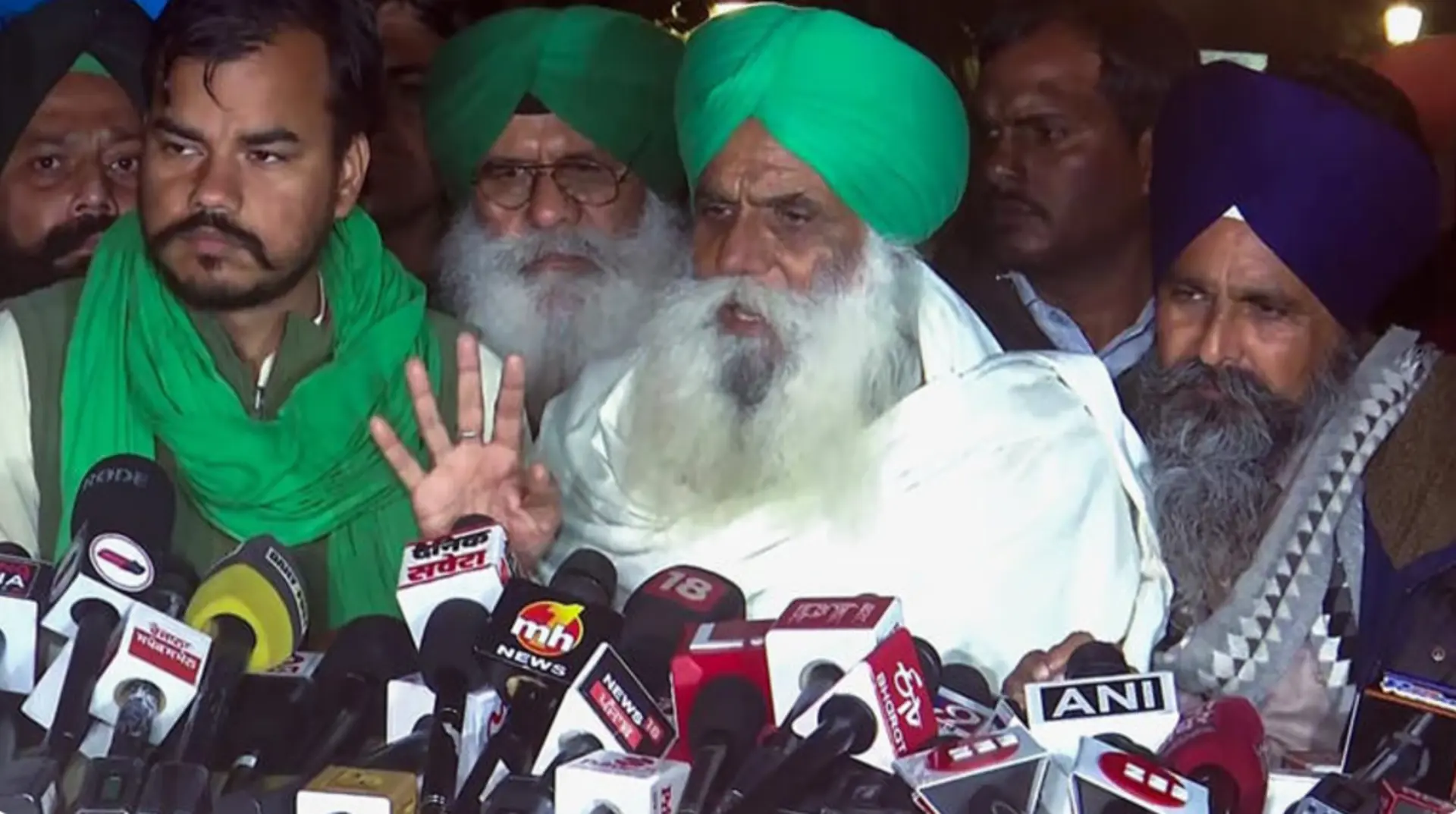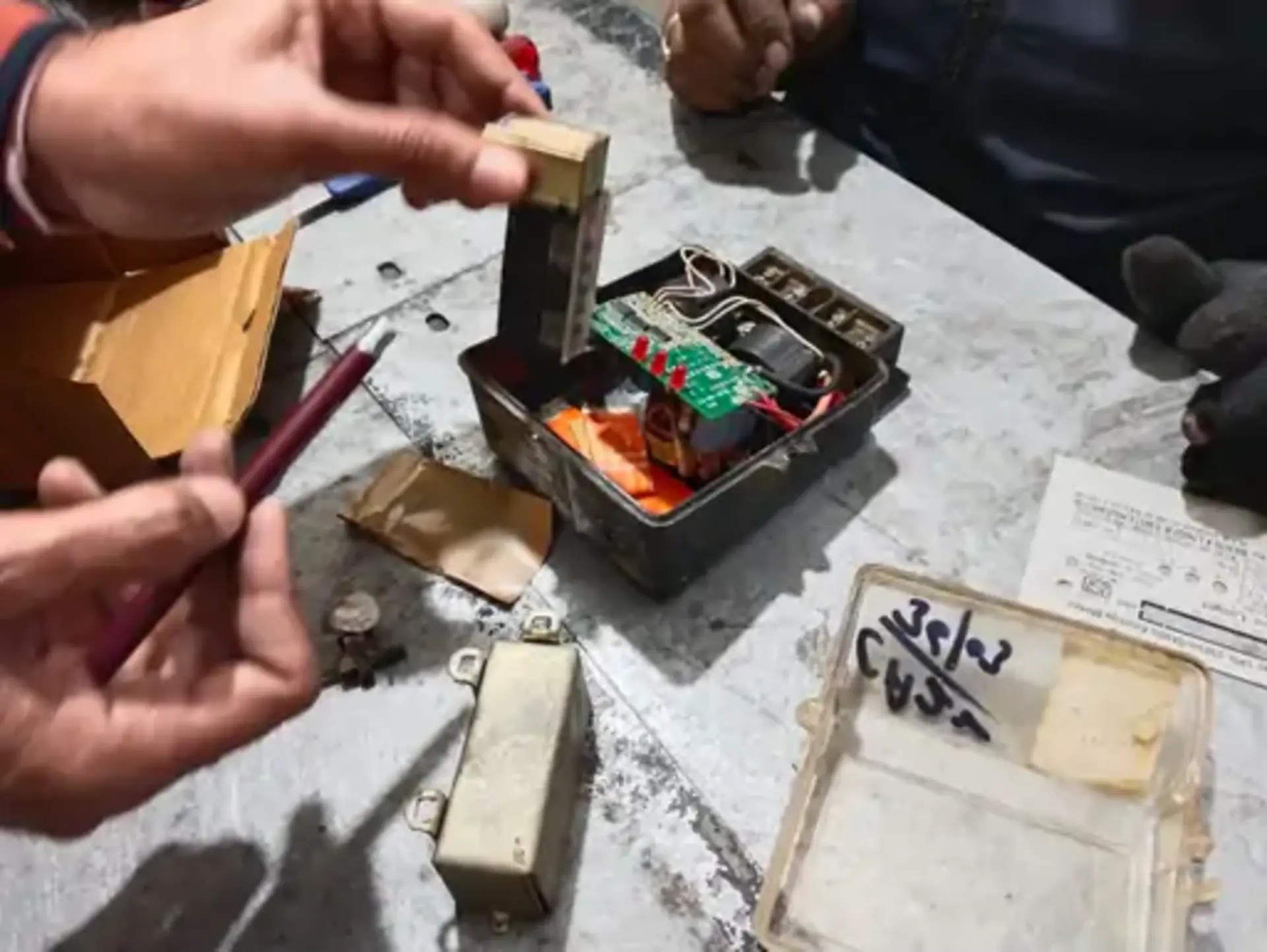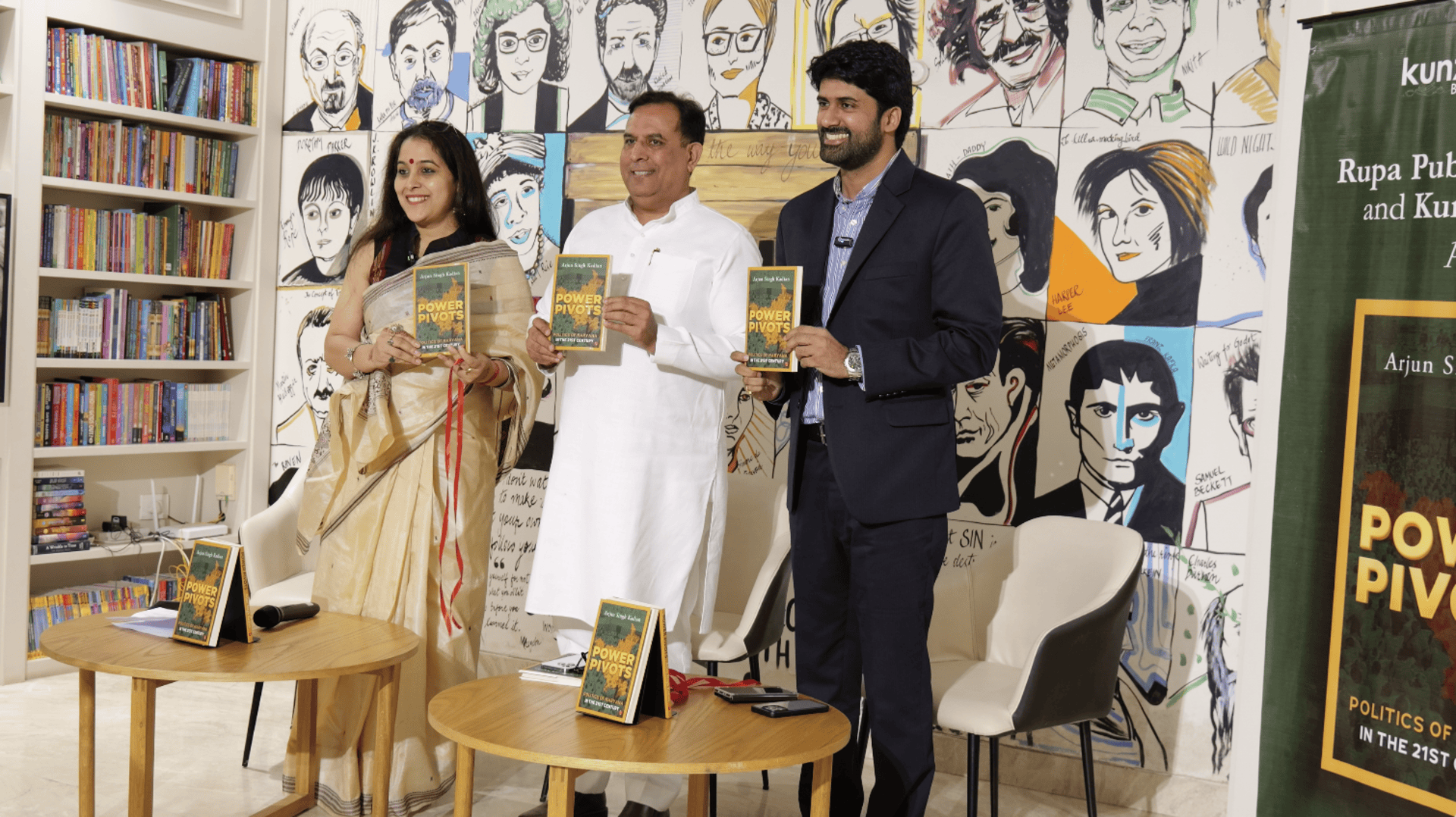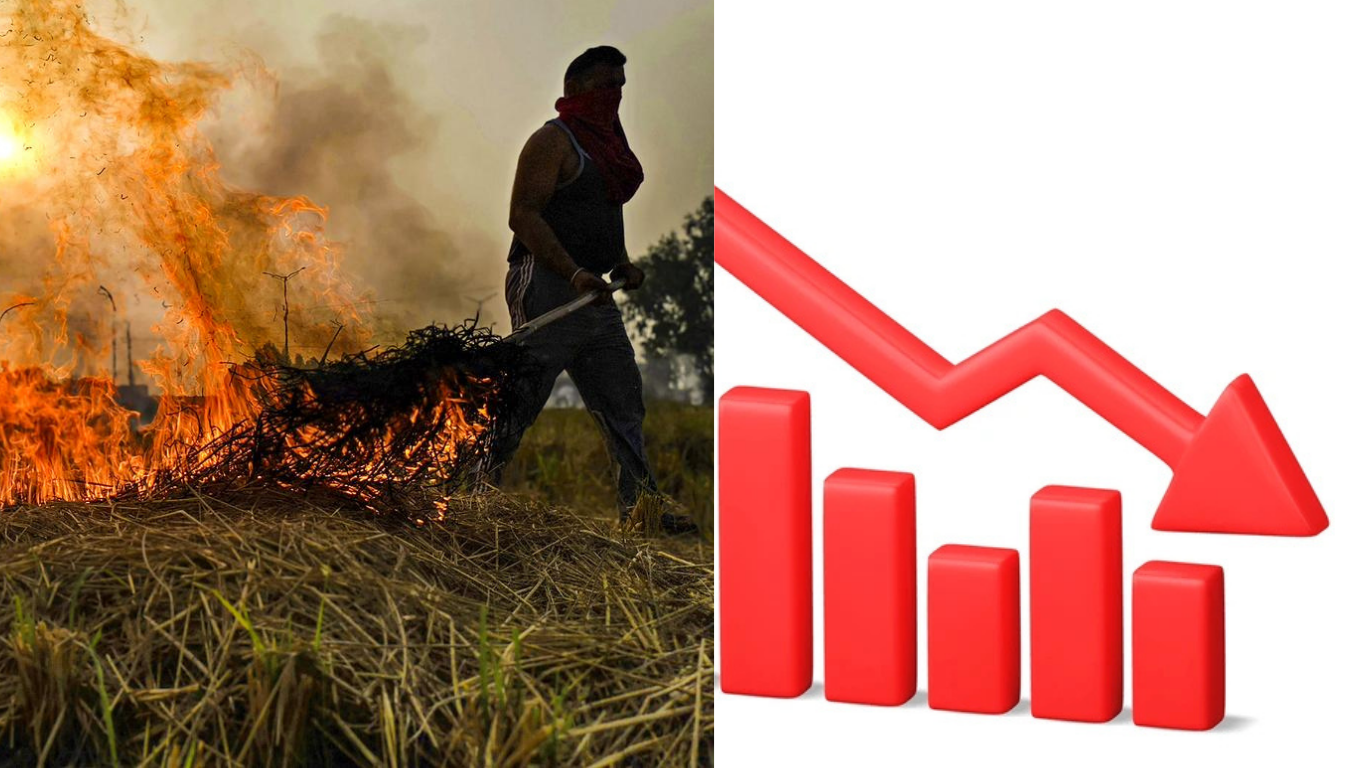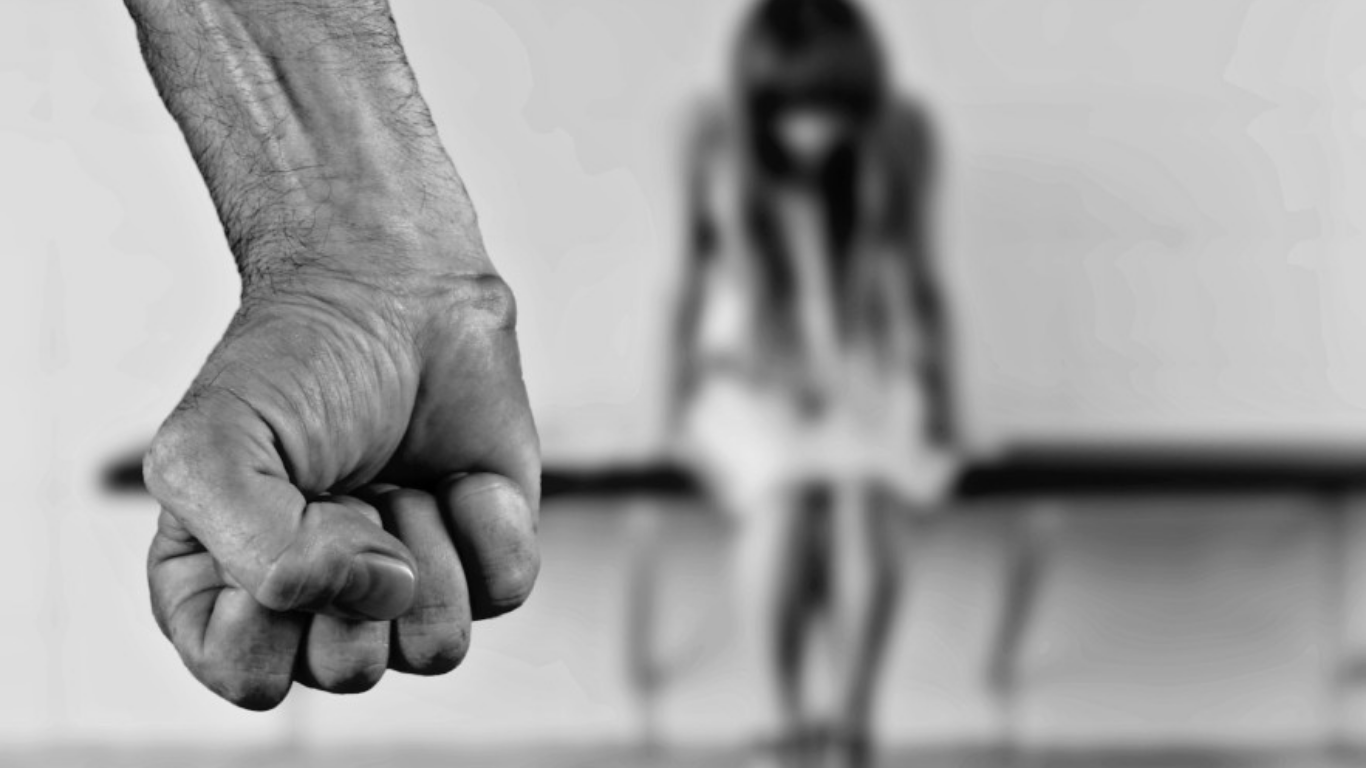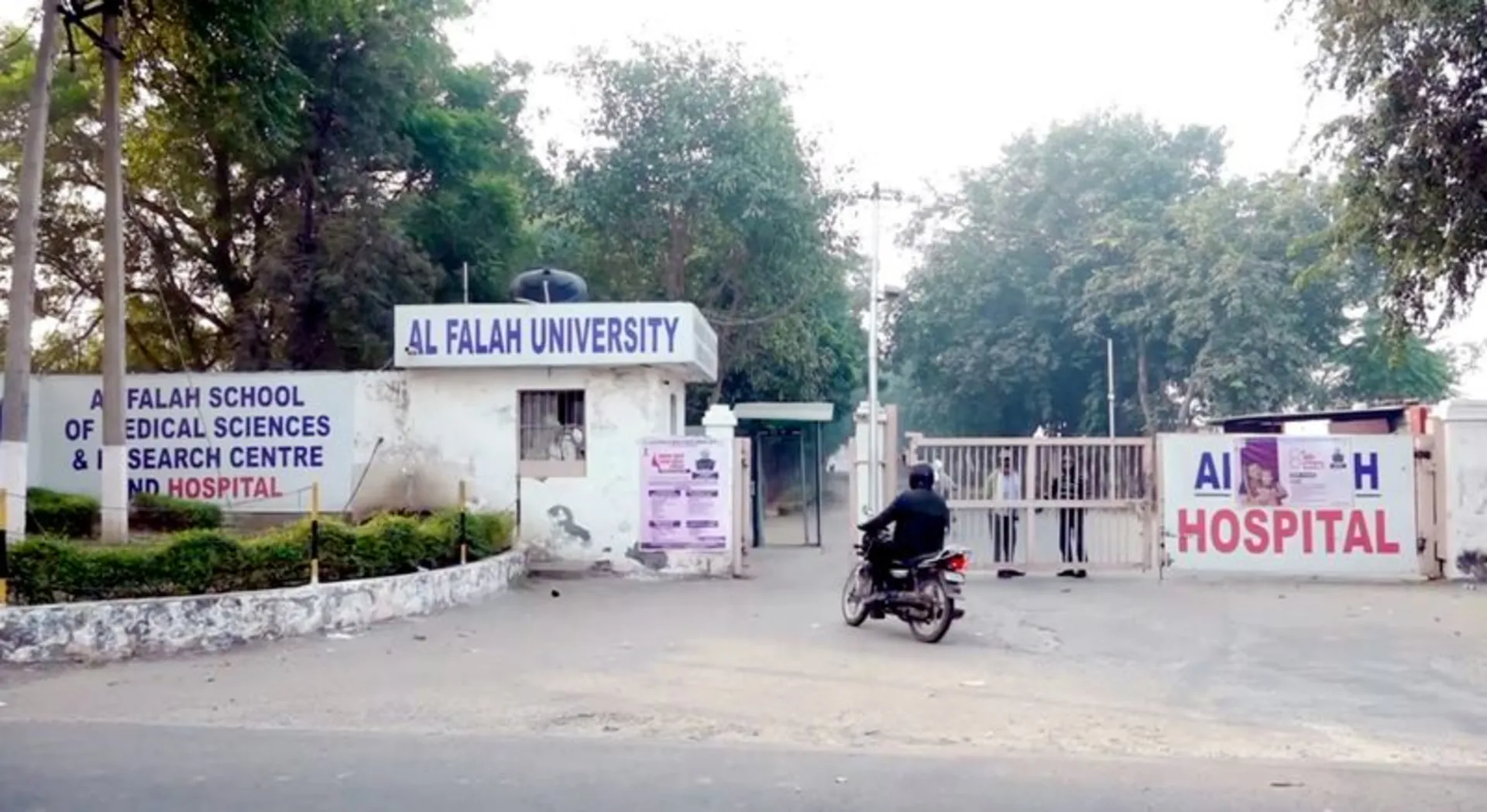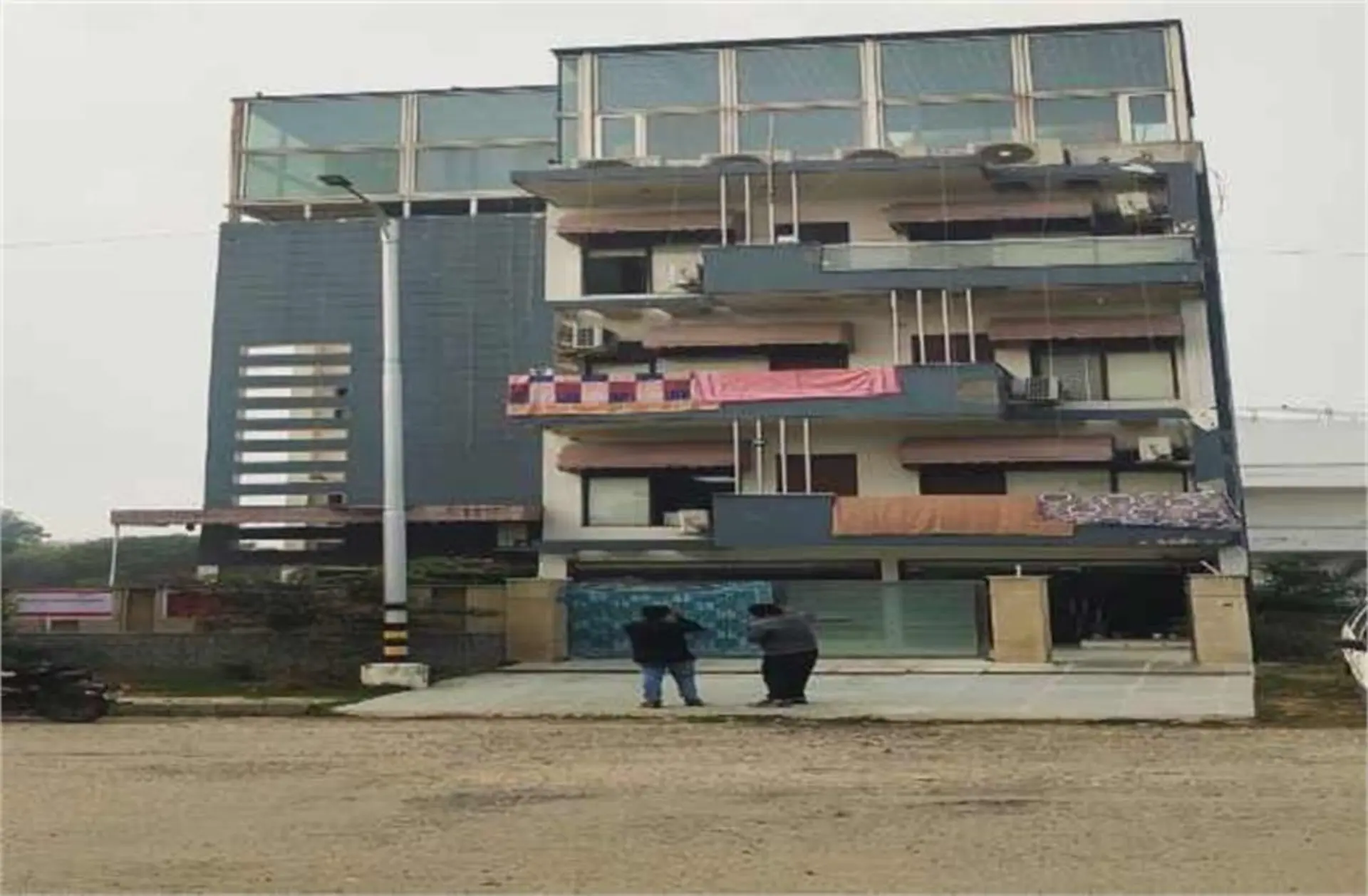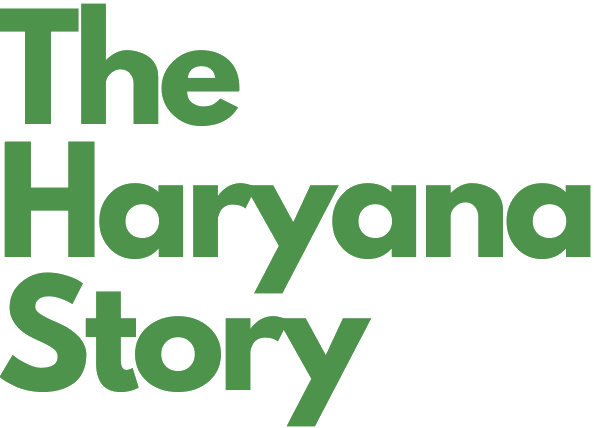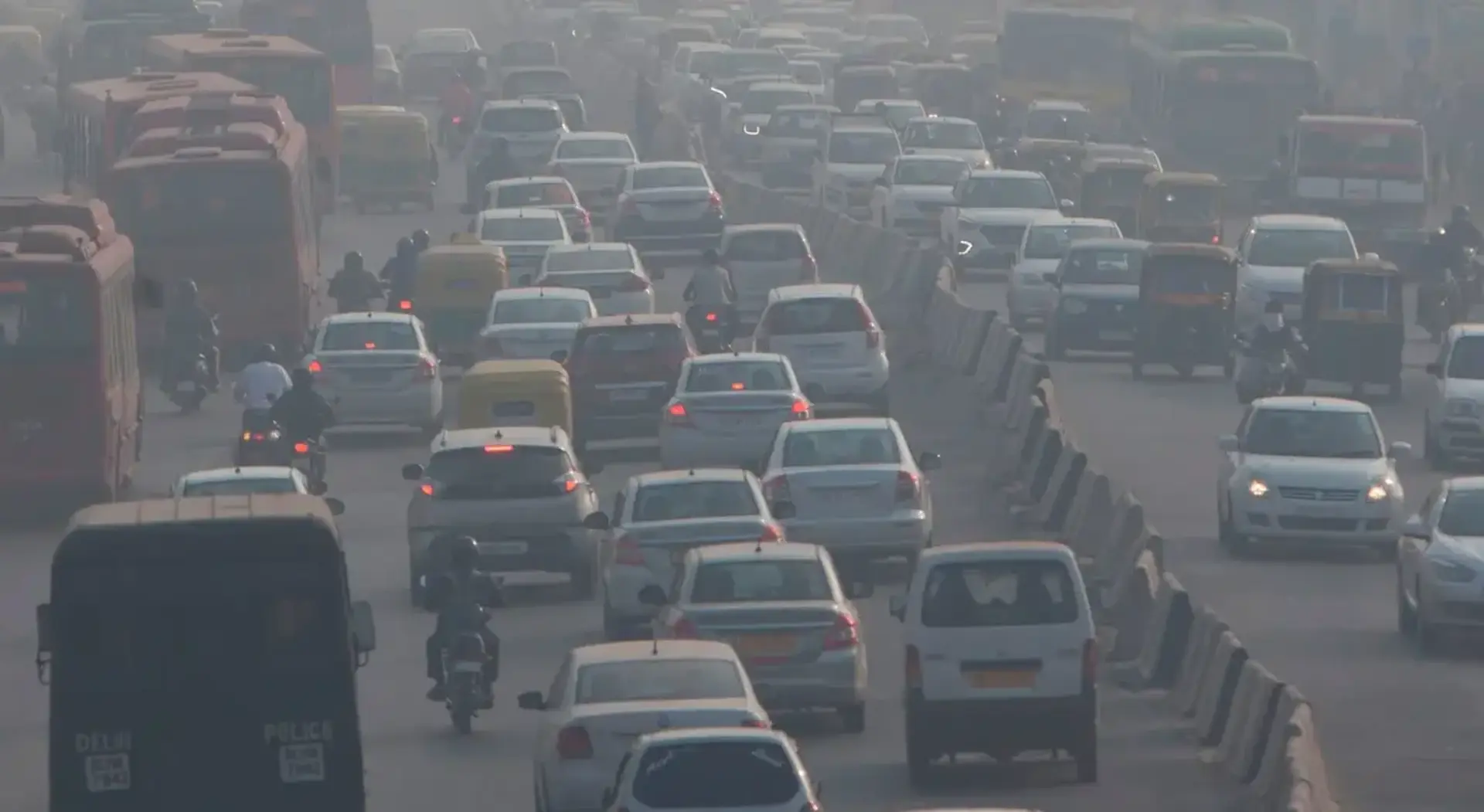
The Kisan Mazdoor Morcha and Unified Farmer Front have meticulously planned their march to Delhi, demonstrating remarkable organizational skills and unwavering determination. Non-political leaders Sarwan Singh Pandher and Jagjit Singh Dalleewal unveiled a comprehensive strategy during a press conference at the Kisan Bhavan, signaling a significant escalation in their ongoing struggle.
Route and Logistics of the Farmers' March
The protest march will commence on December 6 from the Shambhu Border, with farmers symbolically wearing shrouds to represent their desperate situation. The route has been carefully mapped out, with four strategic halting points in Haryana: 1. Jaggi City Center in Ambala 2. Mohda (Ambala) 3. Khanpur Jattan Tihuda 4. Pipli
The march will proceed systematically, with the group walking between 9 AM and 5 PM daily, demonstrating a disciplined and organized approach to their protest.
Jagjit Singh Dalleewal on a Hunger Strike
A notable aspect of the protest is the condition of Jagjit Singh Dalleewal, who is currently on a hunger strike at Khanori Border. Medical reports reveal his significant physical strain, with Dalleewal losing 3 kilograms in just five days. His current health metrics show a blood pressure reading of 151/105, a sugar level of 74, and a pulse rate of 94. Despite his deteriorating health, Dalleewal remains resolute, calling on people across Punjab and India to support their cause.
Political Implications and Challenges
The farmer leaders have strategically positioned their protest, highlighting statements by Haryana's Agricultural Minister Ravneet Bittu, who previously claimed that the foot march would not be stopped. They are challenging political leaders to maintain their commitments and remain transparent about their stance on farmers' issues.
The protest march is led by prominent farmer leaders including Satnam Singh Pannu, Shivinder Singh Chatala, Surjeet Singh Phool, and Baljinder Singh Chandyala, representing a united front of agricultural communities.



